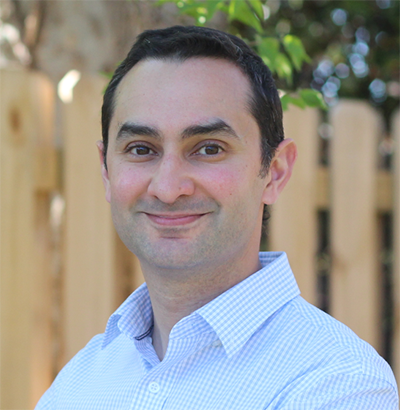Semantic Backplane for Model-Based Development
ABSTRACT
A well-known challenge of end-to-end tooling of CPS products in the aerospace and automotive industries is heterogeneity and the large number of distinct tools required in the model-based engineering process. Composition and verification of heterogeneous, interacting product models requires an end-to-end integrated tool chain that includes a diverse collection of COTS, open source, and proprietary tools. This is difficult because it is not simply a tool interoperability problem, but rather a major semantic integration problem. For instance, a semantic backplane cannot capture the formal semantics of all modeling domains with perfect fidelity while simultaneously having practical implementations. Consider, for example, a semantic backplane that could validate vehicle models for complex errors in their physical dynamics. An implementation of such a backplane likely subsumes the functionality of tools like Matlab or Modelica, which already have extremely complex implementations. As another example, consider a modern vehicle, which likely has embedded software written in a C-like language. A semantic backplane that could detect hard-to-find bugs in this code via a perfect understanding of C semantics most likely subsumes a C compiler, which again is another complex implementation.
To answer these challenges, we developed a semantic backplane supporting CPS model composition, model evolution, and model transformation by merging our meta-programmable model engineering tool suite WebGME with Microsoft’s Formula 2.0 formal specification language. The WebGME tool is used for metamodeling and domain-specific modeling using a graphical/textual syntax with support for the usual aspects of model-based engineering. The Formula 2.0 formal specification language represents models as sets of tree-like data (similar to modern NoSQL databases), allowing a uniform encoding of tree-like, graph-like, and relational structures. Formula 2.0 unifies model validation and transformation using open-world logic programming (OLP), which allows both validation and transformation operations to be formalized as an extension of first-order logic with fix-point operations. Axioms written in this logic can be dually understood as executable programs, providing engineers with an additional mental-model for comprehending their specifications. Additionally, the tight integration of engineering and formal modeling has uncovered difficult problems related to the inherently incremental nature of engineering modeling that led to a research effort to create Differential Formula, which preserves the expressiveness of the Formula 2.0 language but supports incrementality. Our semantic backplane places an emphasis on cross-domain validation rules and supports model transformations that can create detailed projections of complete system models, which can be further analyzed by domain-specific tools (e.g. ODE solvers, finite-element analysis tools, or software verification tools) without reinventing the entire wheel.
In the proposed presentation, we summarize our solution for creating an integrated, semantically grounded model framework for MBD, discuss the open issues we face, and propose a way ahead for developing a community-driven solution. To illustrate the practical significance of the semantic backplane approach, we will discuss its application in two larger projects: (1) the OpenMETA Semantic Backplane in DARPA’s Adaptive Vehicle Make program, and (2) the current CODES project in DARPA’s V-SPELLS program.
Author
 Dr. Daniel Balasubramanian is a Senior Research Scientist at the Institute for Software Integrated Systems and an Adjunct Associate Professor in the School of Engineering at Vanderbilt University. He is currently a PI on the DARPA Verified Security and Performance Enhancement of Large Legacy Software (V-SPELLS) program, was a co-PI on the DARPA Space-Time Analysis for Cybersecurity (STAC) program, was the PI on an NSF Smart and Connected Communities project, and has research experience on a multitude of projects including the Model-Based Integration of Embedded Systems (MoBIES) project, the DARPA Producible and Adaptable Model-based Software (PAMS) project, the NASA Model-Transformation and Verification project, the DARPA Instant Foundry Adaptive through Bits project, the AFRL Resilient Software Systems (ReSoS) project, the DARPA META project, and model-based development tools from Microsoft Research.
Dr. Daniel Balasubramanian is a Senior Research Scientist at the Institute for Software Integrated Systems and an Adjunct Associate Professor in the School of Engineering at Vanderbilt University. He is currently a PI on the DARPA Verified Security and Performance Enhancement of Large Legacy Software (V-SPELLS) program, was a co-PI on the DARPA Space-Time Analysis for Cybersecurity (STAC) program, was the PI on an NSF Smart and Connected Communities project, and has research experience on a multitude of projects including the Model-Based Integration of Embedded Systems (MoBIES) project, the DARPA Producible and Adaptable Model-based Software (PAMS) project, the NASA Model-Transformation and Verification project, the DARPA Instant Foundry Adaptive through Bits project, the AFRL Resilient Software Systems (ReSoS) project, the DARPA META project, and model-based development tools from Microsoft Research.
